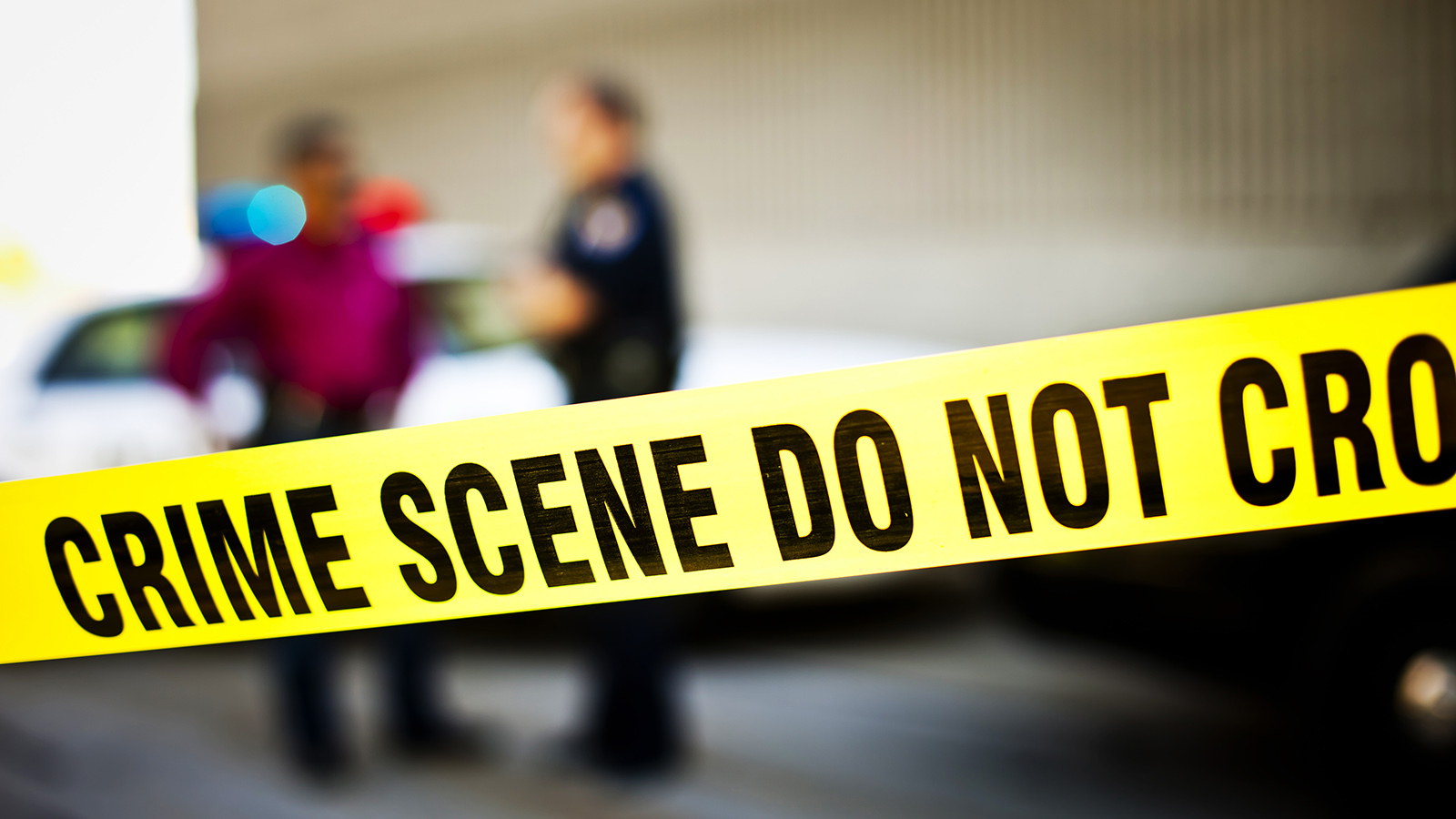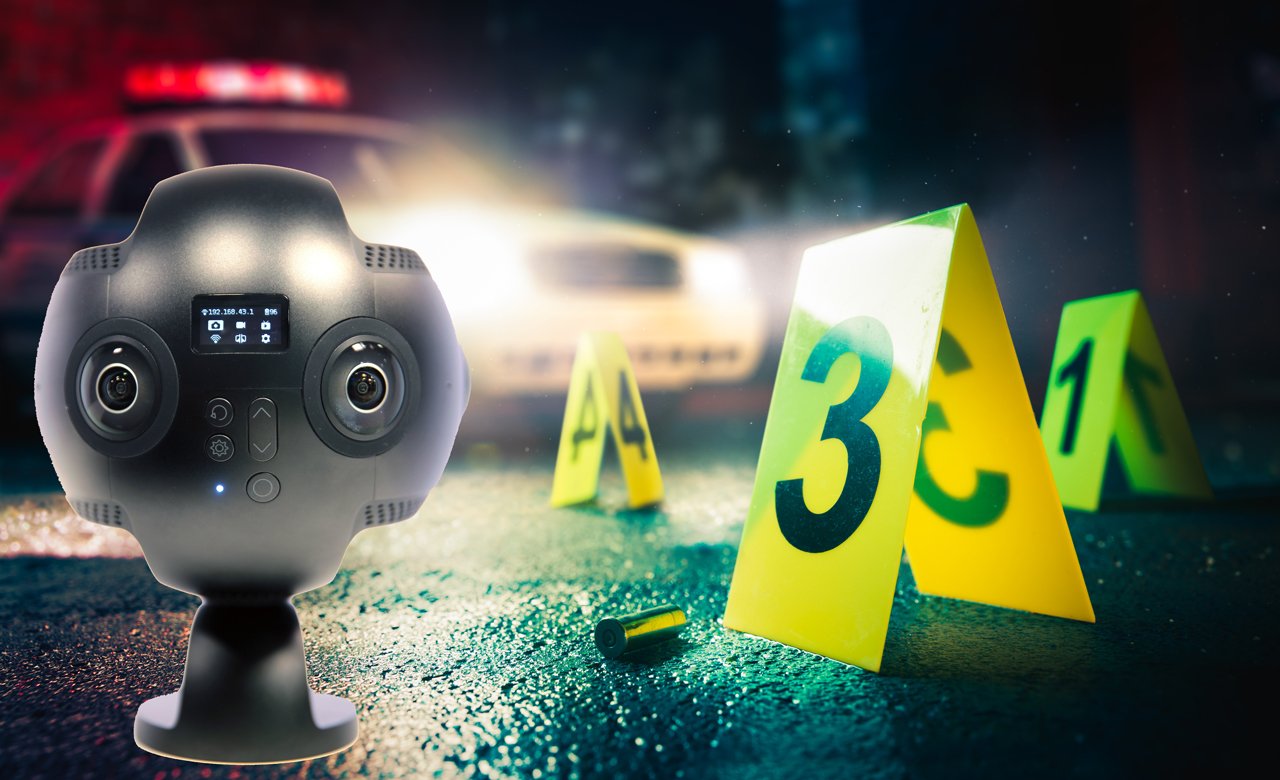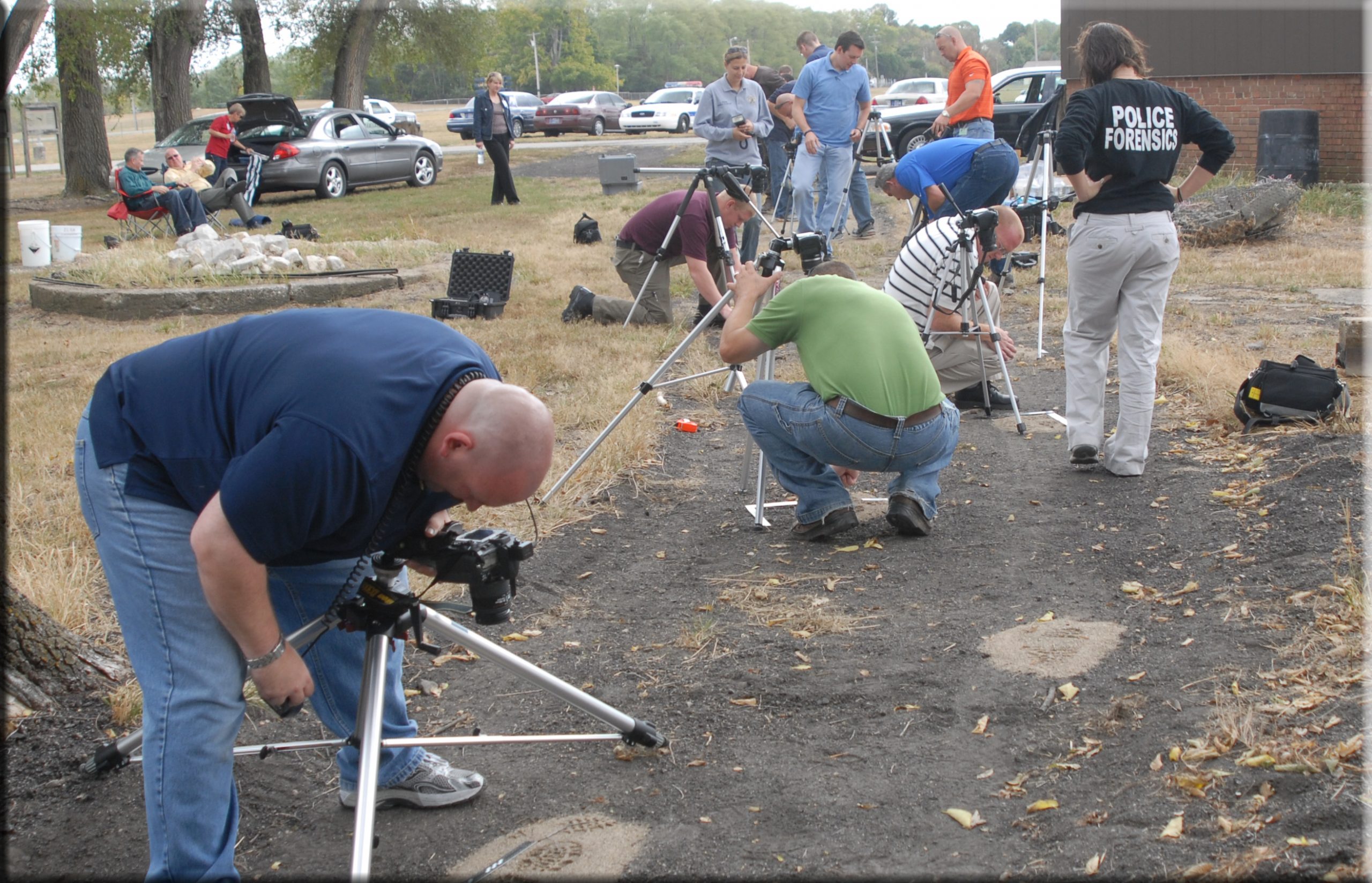If you’re a fan of shows like CSI, Law and Order and NCIS, you’re probably fascinated by the idea of investigators arriving at a crime scene and collecting enough evidence to solve the mystery and secure an arrest warrant to see the perp behind bars within the space of an episode or two. Most of us believe we have a good grasp on how the whole process goes, and there are even rumours floating around that those with criminal intent are able to use the information on these shows to bamboozle real law enforcement.
However, how close to reality are these shows? Do crime scene investigators really don a lab coat and work on DNA samples? Do they go out to interview suspects and take part in heart-pounding chase sequences? Or is the truth more mundane, and their job is all about collecting physical evidence? This article looks to provide a real-world view of crime scene investigation. Let’s dive in, shall we?
Approaching the Scene
A crime scene investigation begins long before the CSI enters the scene. When they receive the message from dispatch, they will rarely have a full picture of the incident. This deliberate withholding of information is for a few reasons, particularly to avoid drawing on-lookers and the media who may be monitoring the dispatch frequency. Therefore, it’s imperative that the CSI be fully aware of their surroundings when they approach the crime scene and take note of anything out of place.
Secure and Protect the Scene
It should be the CSI’s first instinct to protect the integrity of the crime scene. He or she should make sure to speak to any first responders to confirm that everything has remained undisturbed. The next step would be to establish a boundary of the crime scene and limit the number of people entering and leaving. Depending on the case, the CSI may even go as far as posting sentries along the perimeter of the crime scene.
The Preliminary Survey
A good CSI won’t dive straight into investigating the crime scene but will instead take a walk around the boundary and see if they can find any evidence of how the perpetrator and victim reached this spot. For instance, if the victim was murdered in their own home, the CSI might walk around the house and look for open windows, damaged doors, ladders and the like. They will then move inside and check any adjoining rooms to determine if these spaces have information related to the incident. Unlike in most TV dramas, the CSI is on-site for the purpose of finding, evaluating and collecting physical evidence. In most agencies, statements from witnesses and survivors are handled by the investigators/detectives.
Evaluate and Prepare a Narrative of the Scene
The CSI’s notes can serve as a very critical part of the overall physical evidence available from the scene. The investigator must keep in mind that months or even years later this case may go to trial. The notes must present the full story of what the CSI saw and any impressions the evidence gave them. CSI are trained to avoid speculation as to what occurred unless they have physical evidence to back it up.
There are several things that a CSI will do during this stage, including:
- Capturing the scene in photos and on video, making sure to have medium-range and close-up shots of any potential physical evidence with scales in the close-up shots.
- Preparing a rough crime scene sketch to complete in more detail back at headquarters. This is usually a tandem job, with an assistant helping to take measurements and independently verifying each measurement to avoid questions later.
Conduct a Detailed Search
This is where things get interesting. The CSI will go over every square inch of the scene to locate even the smallest particle of evidence. As potential evidence is located it will be recorded on the crime scene sketch as well as in photographs. Crime scene evidence is useless unless it is properly marked and packaged, and a Chain of Evidence is begun from the time it is picked up. Of course, the digital age we live in means that the CSI is likely to come across electronic devices like computers and cellphones. This type of evidence requires special handling and only experts trained in working with digital items are permitted to handle and collect these items.
Conduct a Final Survey
Once the CSI is satisfied that all evidence has been collected, they will confirm that all potential evidence is bagged, tagged and ready to be transported by taking a final walk through the crime scene. Once satisfied, the premises will be released back to the relevant parties and the CSI will head back to headquarters to file their report and complete any necessary paperwork.
And that is what a crime scene investigator does. Not quite as glamourous as what is portrayed on the silver screen yet fascinating all the same. We hope this article has brought some fresh insight into the profession. Let us know your thoughts in the comments below.



